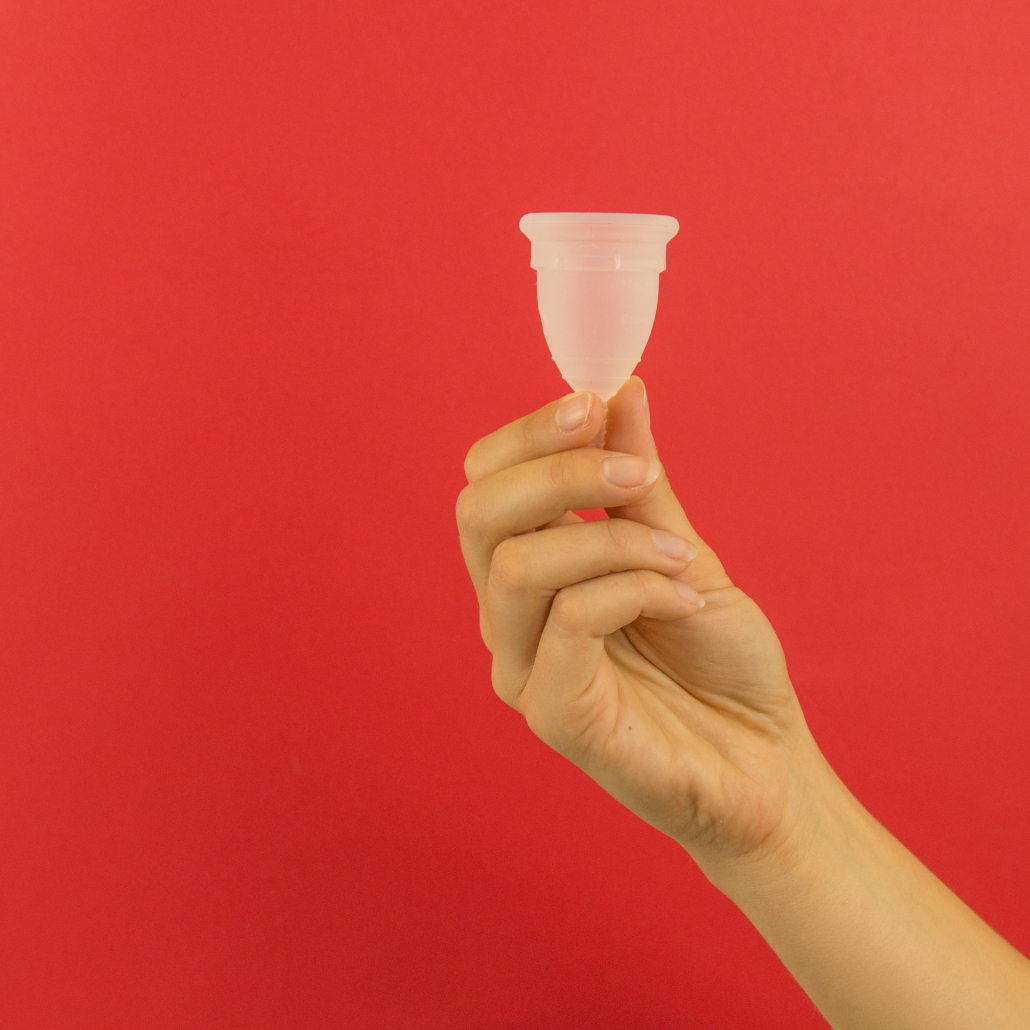Seeing red: Why isn’t there another way?

Once a month I become a crazy bitch (I can say that, you can’t!). Premenstrual syndrome is no secret to anyone with a period, but the ways that we alleviate, approach and talk about it have normalized the impact to one’s physical and mental health. Sadly, this is to be expected.
Over the past few years, I would like to think that the confidence I so strongly held as a child has been reborn and become higher than ever and my coping skills have become more robust. Most of the time, I float through life with a pretty strong ability to withstand any blows or stressors, large or small. However, the one week a month when the hormones that course through my bloodstream prepare to release the home for a child that will not be there, I become nearly unrecognizable — even to myself. My moods become a sin graph on which the peaks have risen but the lows have remained, making those low lows all that more jarring.
Oh, and the pain. The unbearable cramping has halted my life in one way or another since I was 16. They had a restroom for those on their period at my high school, with heating pads to match. By the time I was a senior, the nurses knew my name. One day during my junior year of high school, I spent a total of 30 minutes at school: 10 trying to withhold myself from vomiting from pain in math class and 20 waiting to be told I could return home to splay out on the couch for eight hours until the pain subsided. Diet and exercise have perhaps helped a little, but, for half of the month, I still pop Advil like candy (at a doctor’s discretion), continually surprised it hasn’t given me an ulcer yet.
PMS affects up to 75% of the period-having population. Its nastier cousin, PMDD, or premenstrual dysphoric disorder, is a mood disorder that affects 3 to 8% of women. However, anecdotally, whenever this mood disorder is brought up to doctors, they suggest an SSRI to stabilize moods. It seems unnecessary to suggest a mood stabilizer when the instability of the mood is only one week out of a month. Why isn’t there another way? It seems that a mood disorder that can affect half of the population, those with a uterus, is not worth proper assessment. A phenomenon that, at its weakest, afflicts more than 3.9 billion people is met with a shoulder shrug and few recommendations other than to pop more pills, from SSRIs to birth control, that often come with a hoard of additional side effects.
Female healthcare historically leaves much to be desired. This does not stop with PMS and PMDD.
Birth control has a laundry list of symptoms or possible detrimental effects, ranging from weight gain and acne to blood clots and increased blood pressure. Many people I know have said they felt like an entirely different person after getting off of birth control. Yet, the most effective non-hormonal, non-invasive form of birth control is a copper-lined wishbone that gets shoved inside you with a pain comparable to childbirth, due to the contraction (loosening of the cervix) that it induces. While men receive local anesthesia for vasectomies, women are often, at most, given a pill to soften their cervix, two Advil and a wish of good luck for IUD insertion. Maybe numbing cream if we’re lucky.
This further extends to areas of the body that contribute to female pleasure. Patients with issues in their clitoris are often overlooked due to misogynistic misconceptions of the female body, as “nearly 1 in 4 had clitoral adhesions, which occur when the hood of the clitoris sticks to the glans and can lead to irritation, pain and decreased sexual pleasure,” according to the New York Times. There are countless ads on television for medication to aid with erectile dysfunction. Meanwhile, doctors treat the clitoris as something to be overlooked — something many of us are all too familiar with.
The lack of options for alleviating PMS and period symptoms is astonishingly low. There is an incredible discrepancy between male and female health care. It is assumed that the female body has an increased tolerance for menstrual pain, due to its frequency. Its frequency, however, does not denounce its inherent crippling discomfort, something seemingly often forgotten. Forgotten, sometimes, even by ourselves, until day 21 finds us back in that painful place once again.

